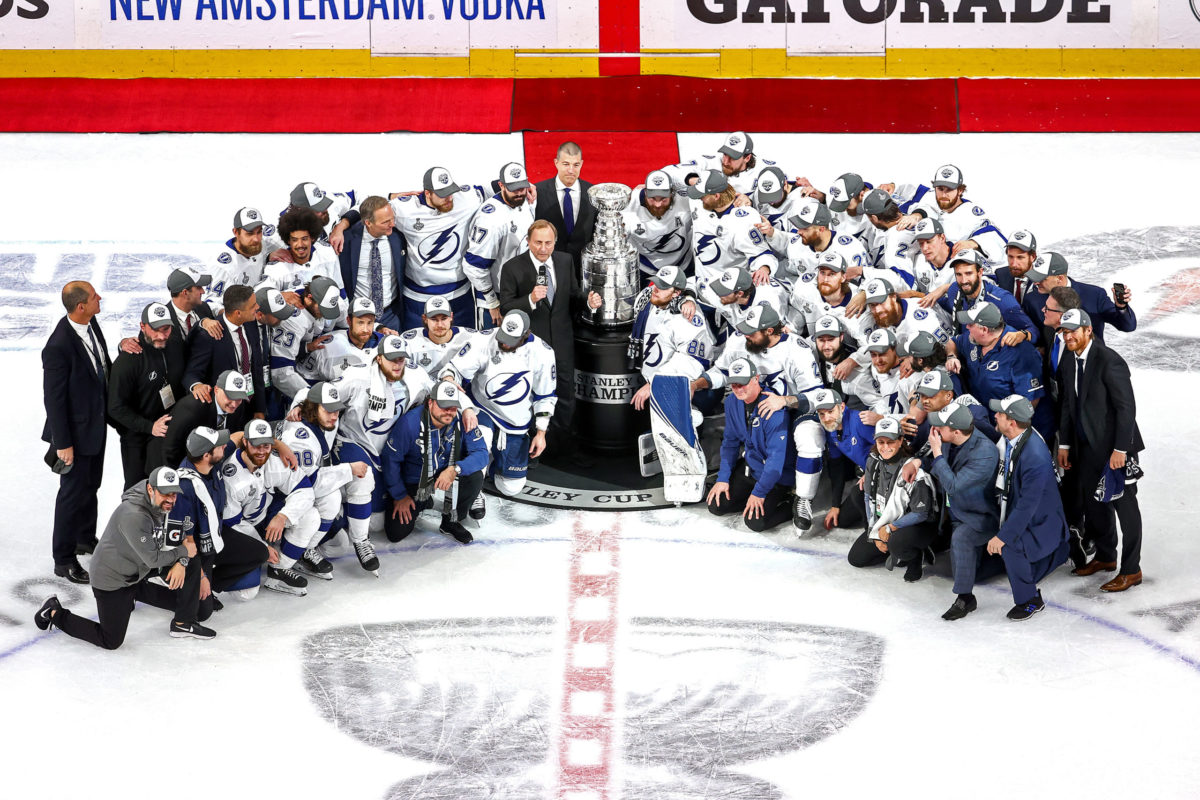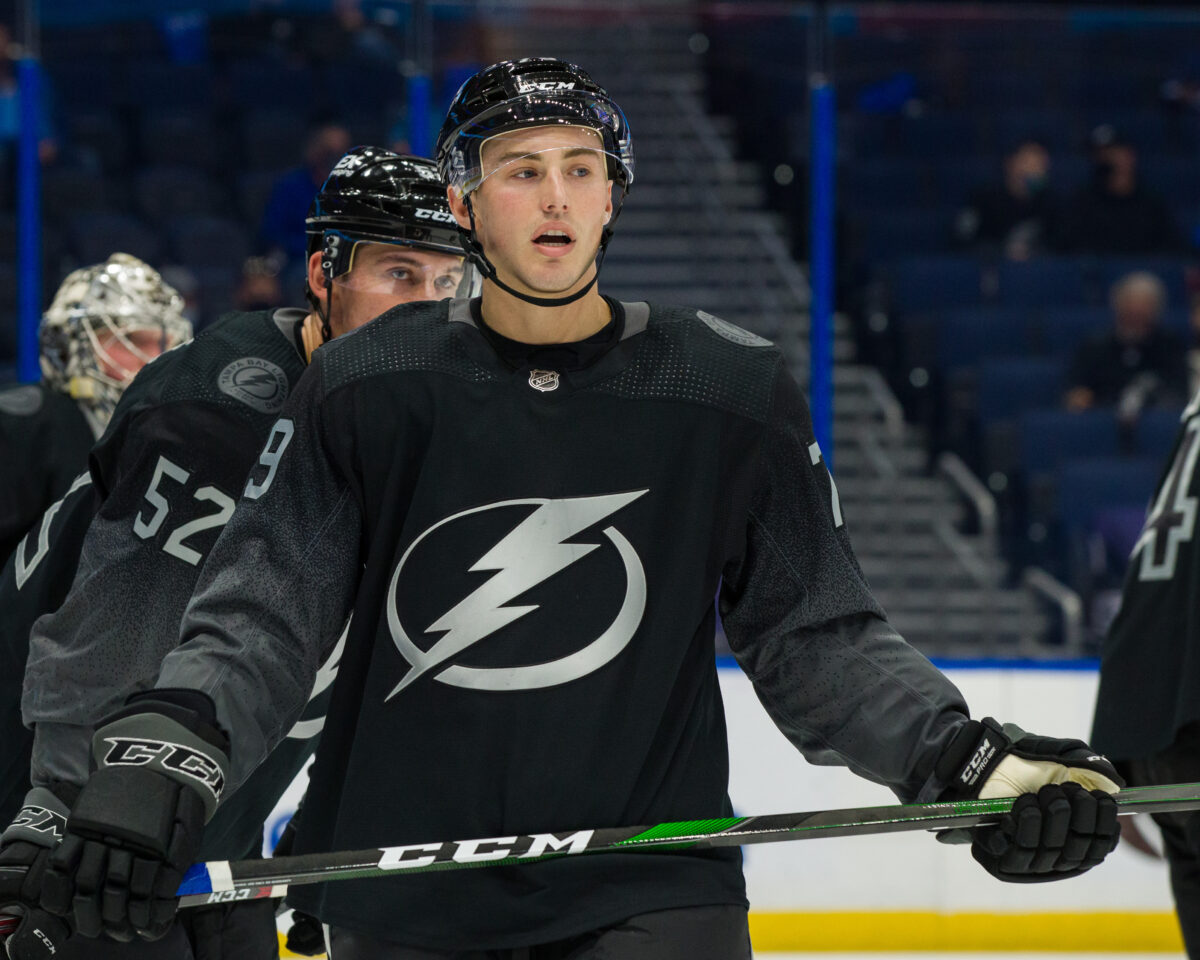Part of the reason why the Tampa Bay Lightning won the 2020 Stanley Cup was due to the balance of their forward corps. Every player in their line-up had a role to play, and each line had a purpose while they where on the ice.
Their first line was that offensive threat, pumping out scoring production while doing their best to draw penalties for a lethal powerplay. The second line was a bit more situational, and while they didn’t score as often, they played an important two-way game that could turn a defensive-zone draw into offensive pressure in an instant. The third line was, arguably, the team’s best throughout the postseason, providing a constant burst of energy, drive, and grit that could throw even their toughest opponents off their game.
Finally, the fourth line added that perfect touch of size and grit. Led by Pat Maroon and Cedric Paquette, this unit didn’t play a ton each night, but they provided a match-up nightmare for head coach Jon Cooper to exploit. Depending on who was starting, they could be a heavy force that brought hits and grit to the ice, or they could rotate in a more offensive player that gave a bit of scoring bite to the line-up.

Through the first five games of the 2021 Playoffs, Tampa Bay’s top three lines looked mostly the same as they did in 2020. Sure, a few of the names changed as players rotated in and out due to injury, but they were playing a similar role now as they did back in the bubble. The fourth line, however, was experiencing a bit of an identity crisis.
Lightning’s Fourth Line Lacked a Role
Throughout the 2020-21 regular season, the Lightning’s fourth line played more of an offensively focused role, with young names like Mitchell Stephens, Mathieu Joseph, Alexander Volkov, and Ross Colton taking turns playing alongside Maroon. These players brought energy and offensive danger to this line, as they could speed up and down the ice while using Maroon as a net-front presence to distract the opposing goaltender.
In the playoffs, however, the fourth was largely in a state of flux, as head coach Jon Cooper was utilizing seven defensemen or putting Joseph in as an offensive option. This, along with Tyler Johnson being sent to the bottom six after he struggled to find his place in the Lightning’s lineup this season, gave them no real identity.
Related: Revisiting the Dan Boyle Trade That’s Still Impacting the Lightning
You couldn’t call it a scoring line, as neither Maroon, Joseph, or Johnson scored a point in the first five games. It wasn’t a defensive line, as the trio combined to post a team-worst minus-9 in just nine minutes of ice time each game. Finally, it certainly wasn’t a tough, hitting line, as all three players had just average hitting numbers when compared to the rest of the team.
To put it simply, the fourth line was invisible through five games, contributing little on the ice other than a few face-off wins.
Lightning May Have Found an Answer With Colton
In Game 6, however, something changed on the Lightning’s fourth line. With the return of Barclay Goodrow, Cooper was able to shift Colton and his high-energy style down to play alongside Maroon and Johnson.
Almost immediately this move saw success, as Maroon opened the scoring with an assist from Johnson. By the end of the night, the line was a plus-3, with two points and four hits to their name. While their playing time was still relatively low, they were noticeable for positive reasons for the first time in the series.

One good game is not enough to assume that everything is fixed on the fourth line, of course. However, if Cooper can get the same kind of play from Colton, Maroon, and Johnson in Game 1 of the second round, it will go a long way to helping the Lightning overcome the Carolina Hurricanes.
That line looked tough to play against, even in a limited role. And when it comes to the playoffs, you never know who will act as a hero that night and score the game or even a series-winning goal.